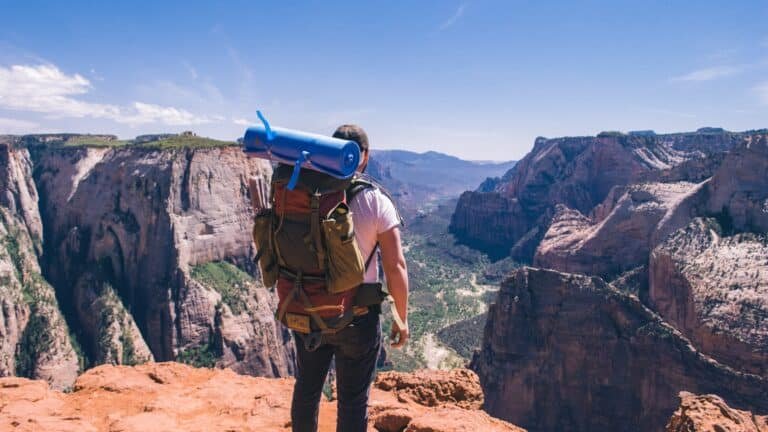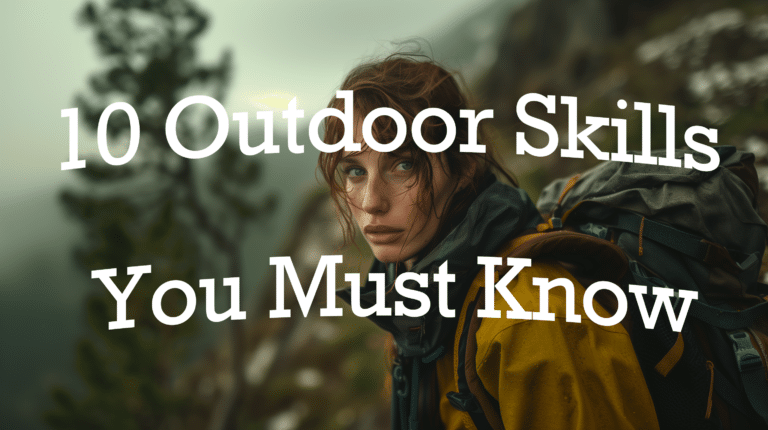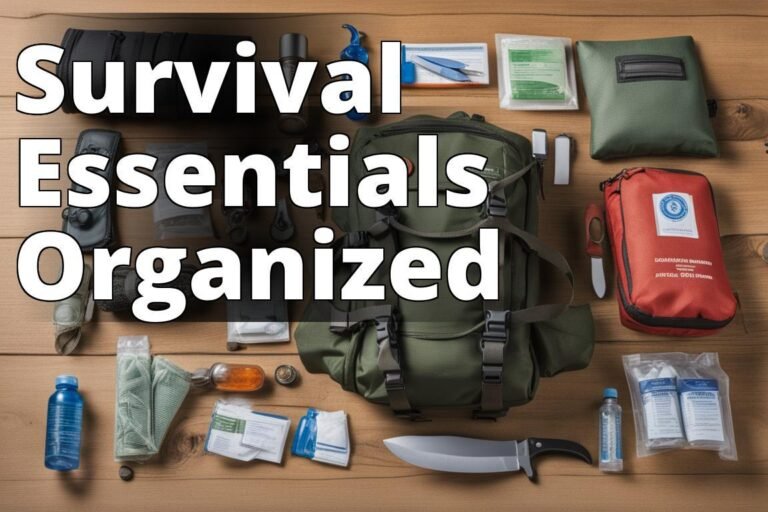How to Use a Compass
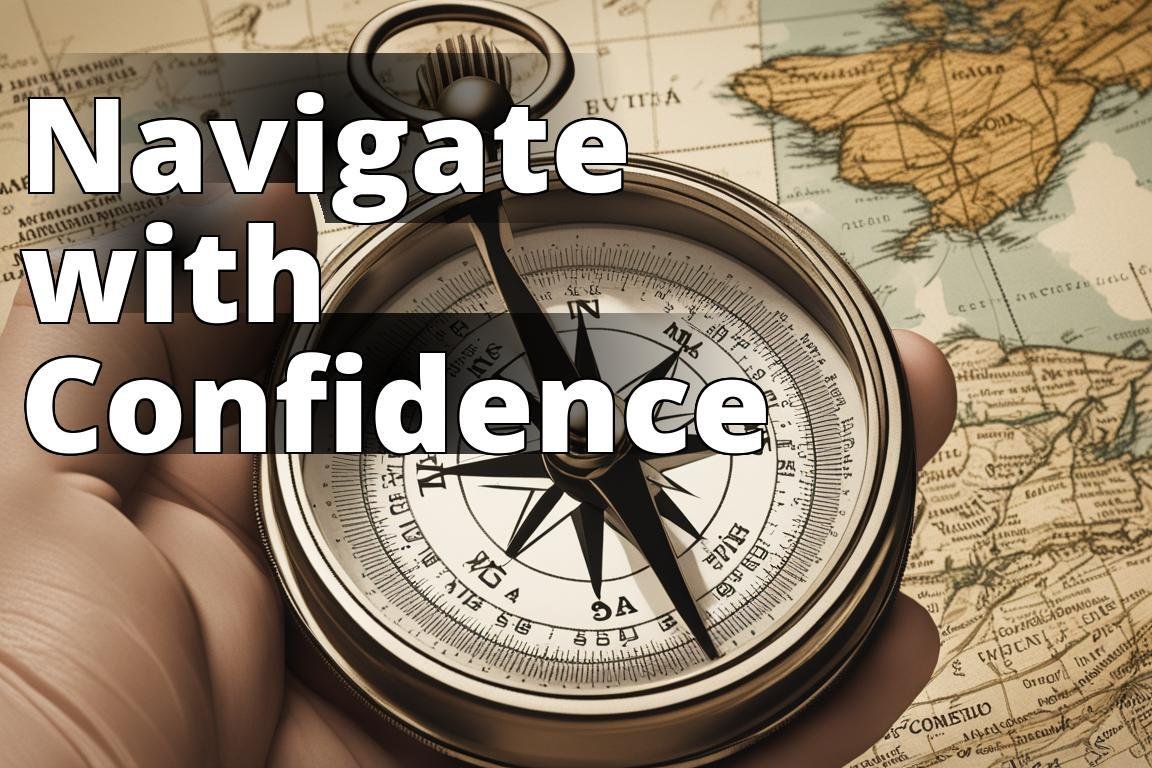
In the sprawling vistas of the great outdoors, there’s a timeless duo that adventurers have relied on for centuries: the compass and map. In today’s digital age, where GPS systems and smartphones often lead the way, the art of outdoor navigation with these traditional tools can seem like a relic of the past. Yet, there’s an undeniable truth that every seasoned hiker knows deep in their bones: understanding how to navigate the wild with just a compass and map is not only a rite of passage but an essential skill that can save lives. This journey into the fundamentals of compass and map usage is more than a simple how-to guide; it’s a call to rekindle a connection with the natural world through the lens of navigation.
Learn Outdoor Navigation with a Compass
- Step 1: Orient the map
- Align the map with the surroundings.
- Step 2: Find a landmark
- Locate a recognizable feature on the map and in the landscape.
- Step 3: Turn the compass
- Rotate the compass housing to align with the map’s north arrow.
How to Use a Compass
At first glance, a compass seems like a straightforward device: a magnetic needle that points north. However, the true mastery of a compass lies in understanding its dialogue with a map. This interaction is not merely about pointing and following but about interpreting and making informed decisions.
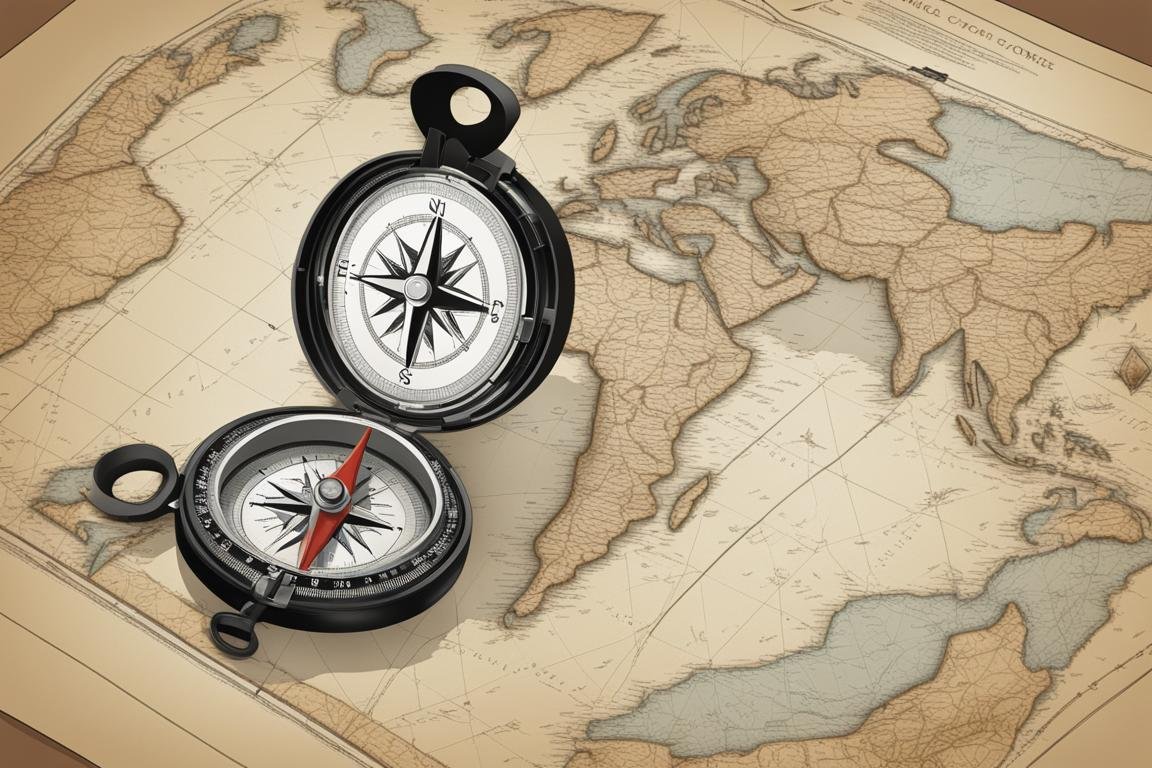
In my early days of hiking, I learned the hard way that a compass isn’t just a tool but a companion. Each trek where I relied solely on technology ended in frustration when batteries died or signals vanished. It was a compass and a well-worn map that always led me back to the trailhead, underlining the invaluable lesson that the best backup plan is one that doesn’t require a power source.
Step 1: Orient the Map
To start, lay your map flat and align it so that north on the map points to true north in the world. This step, known as orienting the map, creates a direct correlation between your environment and the representation on the map. It’s like syncing two versions of reality – one in your hands and one under your feet.

During a memorable hike in the Rockies, orienting my map before setting out turned a confusing maze of trails into a clear path forward. It was a simple act that opened my eyes to the landscape’s secrets, hidden in plain sight on the paper in my hands.
Step 2: Find a Landmark
Next, identify a landmark that’s easily recognizable both on your map and in your surroundings. This could be anything from a large tree to a mountain peak. The goal is to establish a point of reference that serves as a bridge between the world and your map.
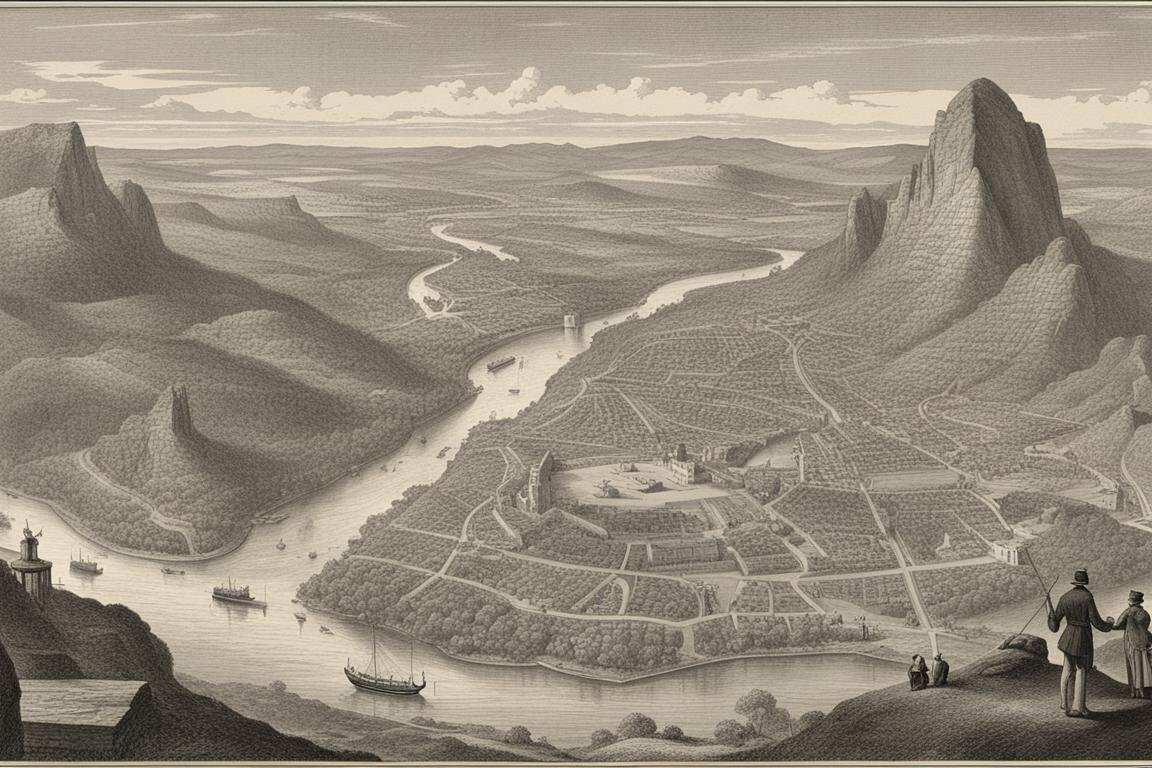
I recall a time when identifying a distant waterfall helped me navigate through dense forest, transforming what could have been a disorienting experience into a confident stride towards my destination.
Step 3: Turn the Compass
Now, it’s time to align your compass with the map. Place the compass on the map so that the edge runs through your current location and your intended destination. Rotate the compass housing until the orienting lines match the map’s grid lines, ensuring that your compass’s direction of travel arrow points towards your destination.

This step always reminds me of my first solo hike, where turning the compass correctly meant the difference between reaching my campsite or spending the night lost in thought and the woods.
Step 4: Follow the Arrow
With your map oriented and your compass set, lift the compass from the map and hold it flat in your hand. Turn yourself until the magnetic needle aligns with the orienting arrow on the compass. The direction of travel arrow now points to your destination in the real world.
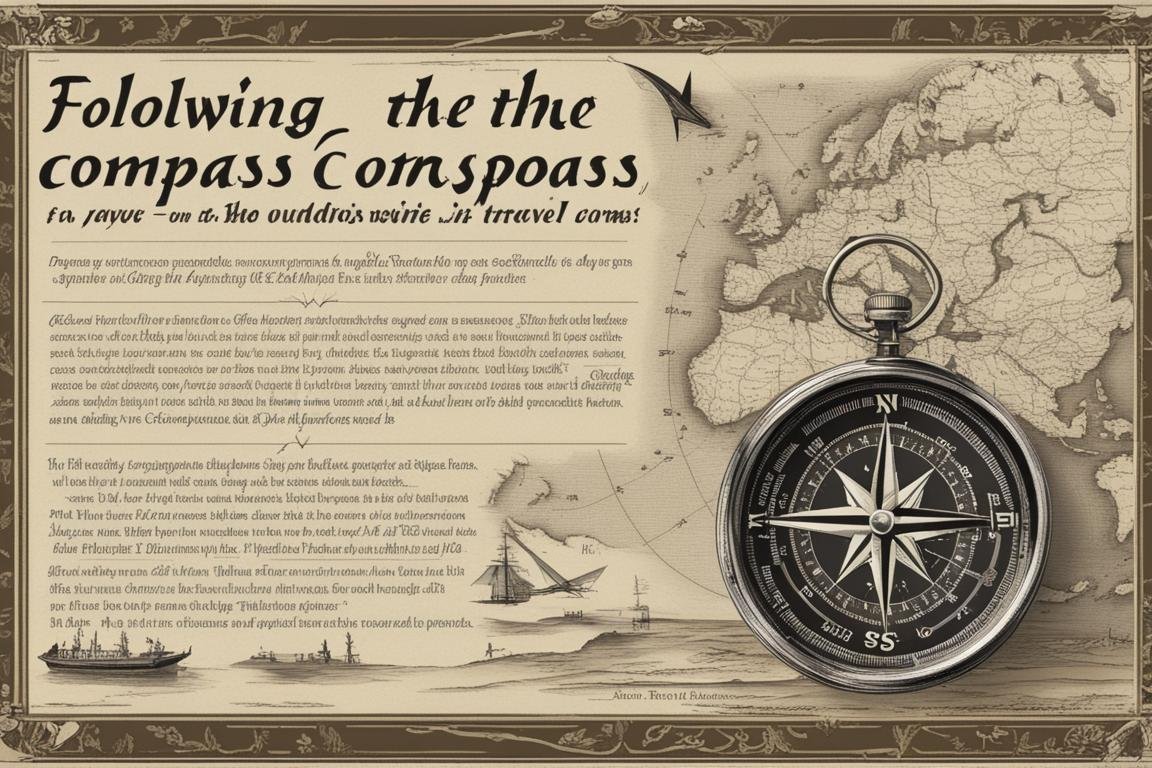
There’s a profound moment of alignment that occurs here, a silent conversation between you, the map, and the landscape. It’s a dance I’ve come to cherish, especially when navigating the untouched wilderness where trails are suggestions, not guarantees.
Step 5: Check Your Progress
As you move, periodically check your compass to ensure you’re still on course. Use landmarks and your map to verify your progress, adjusting your direction as needed.
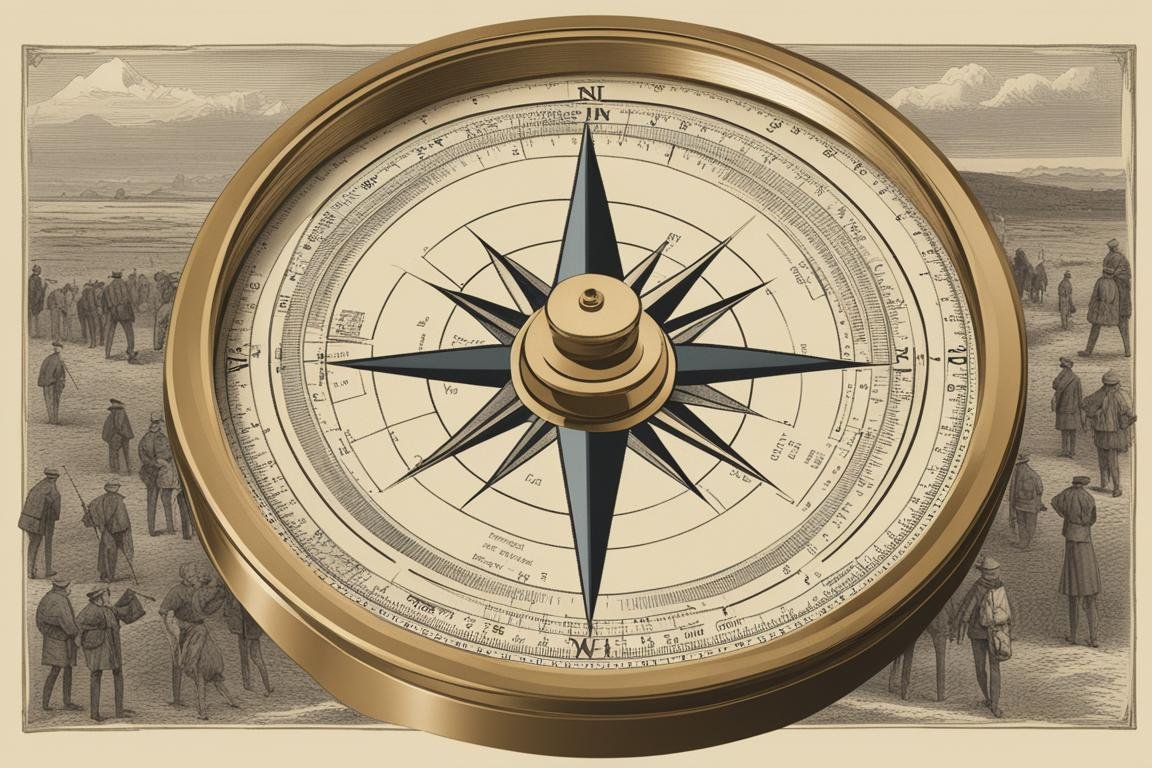
The echoes of my footsteps across diverse terrains have taught me that checking progress isn’t about doubt but about reassurance and staying true to the path chosen.
Step 6: Keep Going
Finally, keep going. Outdoor navigation is as much about persistence as it is about precision. The journey between waypoints is filled with discovery, challenges, and the occasional need to recalibrate your course.
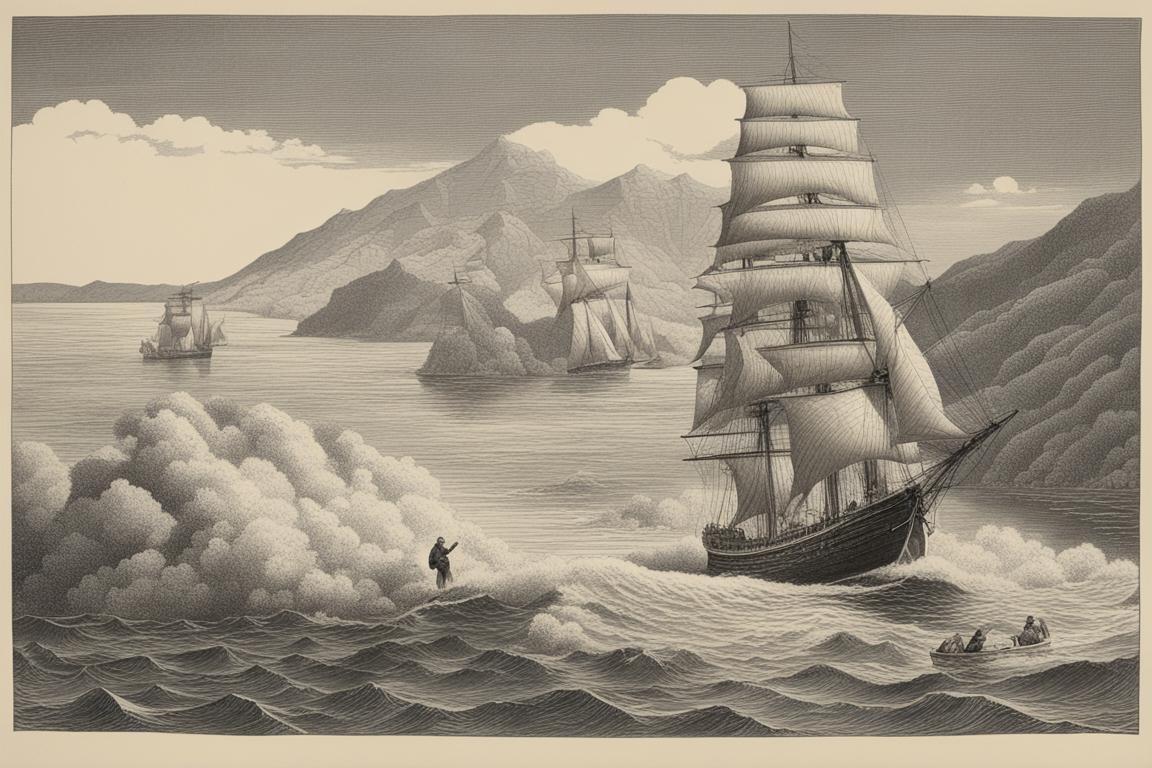
Every hike, from the treacherous to the tranquil, has reinforced my belief that the key to successful navigation lies not just in the steps taken but in the willingness to keep moving forward, regardless of the obstacles.
Conclusion
Mastering the use of a compass and map for hiking is more than acquiring a set of skills; it’s about embracing a philosophy of resilience, preparedness, and respect for the natural world. While technology offers convenience, it cannot replicate the deep connection formed when navigating the wilderness with these timeless tools. As we chart our courses through the backcountry, let us remember that the truest path isn’t found in the palm of our hand but in the synthesis of knowledge, intuition, and the landscape itself.
Incorporate essential skills into your outdoor adventures by exploring further:
- Emergency Outdoor Survival Pack Ideas
- Best Emergency Medical to Know in the Outdoors
- Why You Should Be Self-Reliant in the Outdoors
As you prepare for your next adventure, remember that the compass and map are not just tools but gateways to understanding the wilderness and, ultimately, ourselves.
FAQ
Q. Who can benefit from learning outdoor navigation skills?
A. Outdoor enthusiasts such as hikers, campers, and backpackers.
Q. What tools are essential for outdoor navigation?
A. A compass, map, GPS device, and knowledge of landmarks.
Q. How can I improve my outdoor navigation skills?
A. Practice using maps, compasses, and GPS devices in different terrains.
Q. What if I get lost while practicing outdoor navigation?
A. Stay calm, retrace your steps, and use your tools to find your way back.
Q. Who can I ask for help if I am lost during outdoor navigation?
A. Contact local park rangers, emergency services, or fellow hikers.
Q. What if I don’t have time to learn outdoor navigation skills?
A. Start with basic online tutorials and gradually practice in safe environments.



